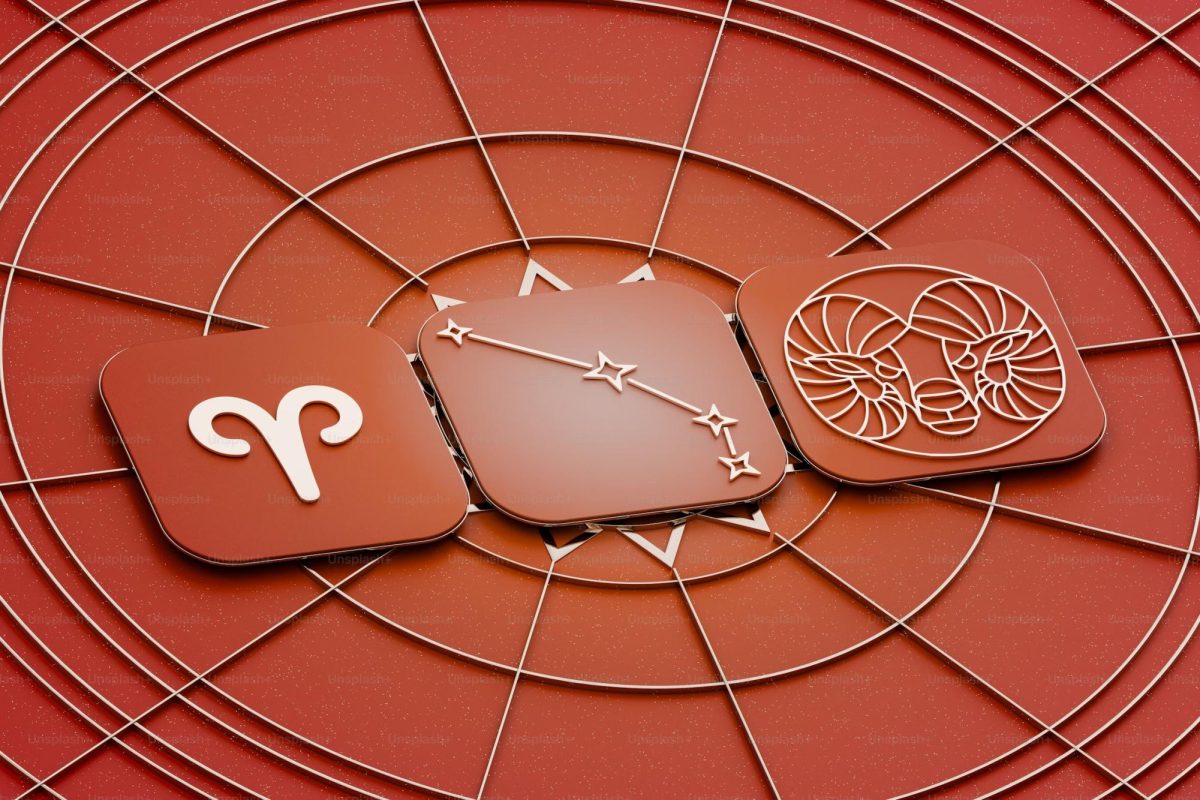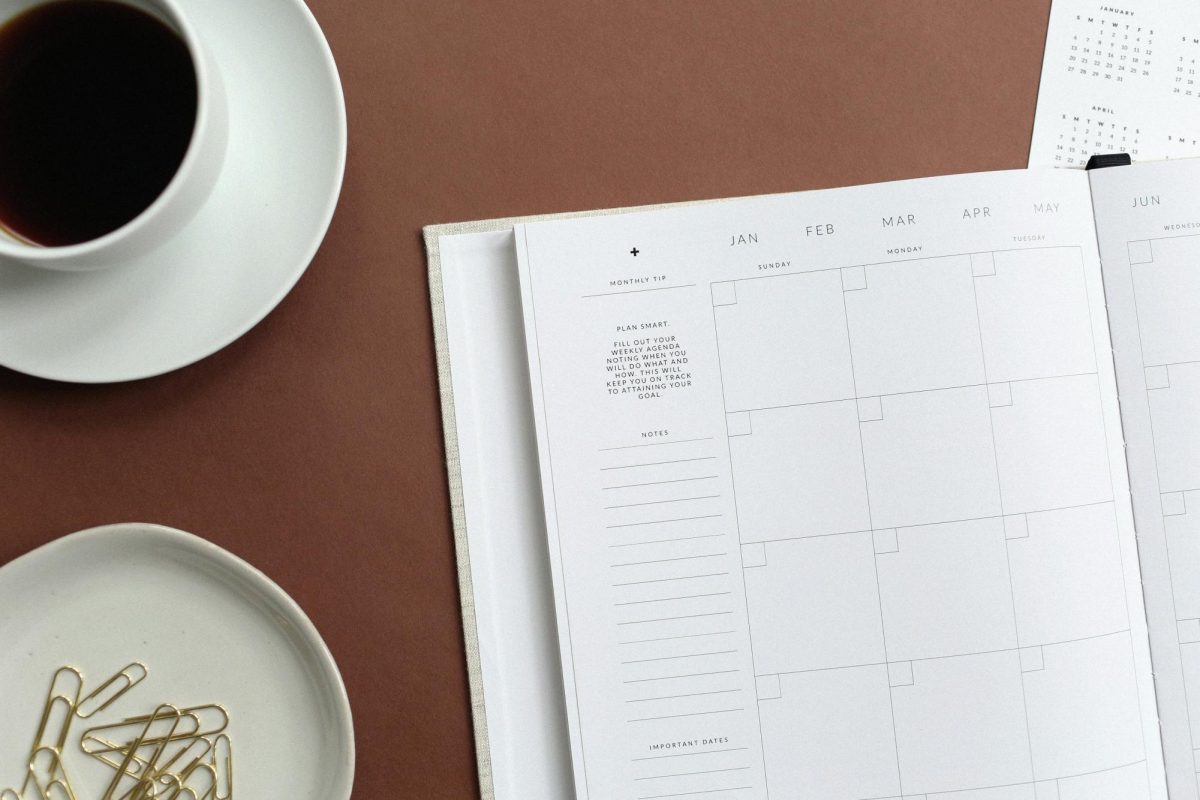Ryan Modrell is a graphic artist in the Bay Area who studied at Foot Hill before transferring to San Jose State University to receive his undergraduate in design studies.
When/why did you decide you wanted to do graphic design?
Ryan: When I graduated from high school I wasn’t sure what I wanted to do. I ended up going to junior college and taking some intro art classes, as well as several film and photography classes. I quickly realized I could shape a profession out of my creativity, and it was either going to be something involving photojournalism, or design. After taking more classes I knew it was something worth pursuing.
Where do you currently work?
Ryan:I work as a UI and UX designer for a software development startup called Menlo Technologies. As the sole designer, there is often times a lot of weight on my shoulders to deliver consistent quality at a rapid pace. I’ve had much success and learned a lot working on over a dozen or so projects.
How long did it take to get a job in the field?
Ryan: I’ve been in the design field professionally now for about two and a half years. After graduating from state I was unsure of how to use my degree in what seemed like an impacted field. While I did work some minor freelance gigs producing graphics, my primary income came from a contract role at Apple on a localization team. I wasn’t sure how to successfully market myself as a freelanc- er, and found that I would rather not take that route if I could help it. After becoming dissatisfied with my role at Apple, I decided to take action and work harder to find my footing in the design industry. I decided to shift my focus to UI/ UX design. With the emergence of smart devices we’ve seen de- sign completely transform. I realized there was a huge abundance of new jobs. I spent a lot of time reading books, and articles online to self-teach myself principles of UI/UX design as well as basic front-end coding (HTML/ CSS). I also taught myself how to use Sketch and brushed up on my Adobe skills. Eventually one thing lead to another and I got my foot in the door at a small social media startup in Cupertino.
What is a day on the job like for you?
Ryan: Typically I work with startups, but we also work with larger corporate clients. I work on a lot of web apps and dashboards, but have also designed hybrid mobile apps. My day usually starts shifting through emails and responding to queries from developers, PM’s, and clients for about 30 minutes. Next, I’ll begin tackling whichever project I have on my plate. Depending on a client’s budget and the time allotted I will work on a variety of deliverables ranging from lo-fi to mid-fi wire frames, early prototypes and high-def mockups for developer hand-off.
My process usually begins by working with a PM to review functional specs and requirements for a given project before I sketch my first wire frame. I’ll then look for any holes in the documentation where things are not so clear and work with them and the client to close the gaps. Program wise I spend the majority of my time de- signing in Sketch.
What steps did you take after graduation to become successful in your field?
Ryan: It helps to not get discouraged and to keep a good attitude, while always working to better your skillset and knowledge of design principles. A good port- folio is going to open doors, but keep in mind that most employers are less interested in the final deliverables and MUCH more interested in seeing your process. Just know, it’s okay to settle for a contract role to get your feet wet too.
Is there anything you’d like to share to help students who are going into the field?
Ryan: Enjoy your time as a student because it’s over before you know it! Make sure to make connections and learn from your peers as much as possible. Learn how to respond well to criticism before you get out into the field because some clients can be a real pain. Lastly, never forget the golden design rule that function comes before form always. You don’t need to be the most hot shot visual designer out there to get a job in the UI/UX field, so don’t be discouraged if you feel you’re lagging behind another classmate. In the UI field even the glossiest interface can be a piece of crap if the thought wasn’t put into making it as useful and as functional as possible. Aim to delight the end user, while still maintaining the client or business’ goals in mind.







